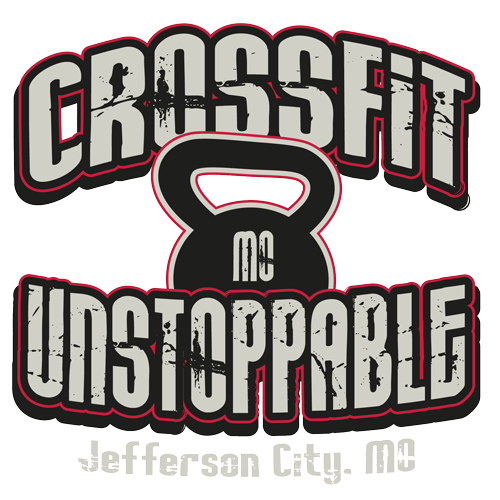An article I just found and shared on my Facebook page…has a LOT of good points and info…take a look cause you ALL are runners if you CrossFit!!
Fast workouts benefit every runner, so there’s no excuse to skip them.
By Lisa Marshall;
Published February 21, 2014
Think you can skip speedwork, that it’s just for seasoned runners with specific time goals? No such luck.
Research suggests that 30-second to five-minute bursts of intense exercise interspersed with rest periods will yield unique physiological changes—from faster fat loss and better blood sugar control to improved blood vessel function—that slow runs cannot deliver as efficiently. “When it comes to these benefits, interval training is at least equal to and often superior to your traditional steady run,” says exercise scientist Jonathan Little, Ph.D., an assistant professor at the University of British Columbia. “And it doesn’t have to be an elite-athlete-type workout to be effective.”
Picking up the pace periodically can also make your everyday runs feel easier, improve your running form, and foster “mental toughness,” says Flagstaff-based coach Greg McMillan. Plus, for those who have trouble fitting in workouts, speed-work can provide a wealth of benefits in a short time.
Still hesitant? What’s your excuse? (We’ll shoot it down.)
“I run to improve my health, not to compete.”
Skeletal muscle is critical for soaking up glucose from food and keeping blood sugar levels in check. Because intense interval training engages a broader range of muscle fibers, it essentially creates a bigger sponge, helping to fend off diabetes, says Little. It also strengthens the heart muscle and blood vessels and increases the number of mitochondria (the fuel-burning engines in your muscles), making the body more efficient at metabolizing fuel. The result: You have more energy—for running and for doing everything else.
Warm up for 15 minutes. Run one minute at 10-K pace (a 7 to 8 on an exertion scale of 1 to 10). Walk or jog one minute, then repeat. Start with four to six reps. Build to 10 reps.
“I’m trying to lose weight, so I’m focused on running consistently, not fast.”
“The faster you run, the more calories you expend,” says Adam St. Pierre, M.S., an exercise physiologist with Boulder Center for Sports Medicine. Research suggests that interval training also prompts the body to burn more calories in the hours after exercise. It shouldn’t replace moderate running entirely, says St. Pierre. You need both. But a weekly speed session can spice things up and utilize different muscles, potentially reducing your injury risk (provided you’re careful to ease into speedwork and build workout duration and intensity gradually).
For weight loss, the longer the period of intensity, the better. Warm up, then run at 10-K pace for three to five minutes. Jog or walk three to five minutes. Repeat six to 10 times. Or set the treadmill grade to five percent and run at a moderate pace for three minutes. Then lower to zero and keep the same pace for three minutes. Repeat six to 10 times.
“I’m running my first half or full marathon, so I’m focused only on building distance.”
It’s the bane of many first-time marathoners: Near the end of a long run (or the actual race), they run out of fuel and their form falls apart. Fast repeats teach your body what it feels like to have a light, quick turnover—a biomechanical efficiency applicable to any speed or distance, says St. Pierre. Quick repeats also strengthen seldom-used “fast-twitch” muscles so they can be called upon when your other muscles are trashed at the end of a long race, he adds. And the workouts improve running economy, teaching the heart to pump more blood per minute and deliver oxygen to the muscles more efficiently, so that slow runs feel easier.
Start with six to 10 200-meter repeats at a one-mile to 5-K pace (or an 8 or 9 on an exertion scale of 1 to 10), with a 200-meter jog in between. Do this once a week. Over time, try lengthening the distance (5 × 400 at 5-K to 10-K pace, or 4 × 600 at 10-K pace). Your total mileage at a fast pace shouldn’t exceed five percent of your weekly mileage total. (Running 20 miles per week? Run no more than one mile hard in speedwork.)
“I’m trying to finish my first 5-K, so I don’t need to bother with speedwork.”
The shorter the distance, the more important speedwork is, and the more frequently you should do it, says McMillan. Whether you have a time goal or not, the improved blood sugar, cardiovascular fitness, and mental toughness gained will make your 5-K feel easier. And if you want to run a fast 5-K, short bursts will improve your aerobic power.
Since you can do speedwork more often than runners targeting longer races (maybe twice a week), get creative and mix it up. “Make up any workout you want,” says McMillan. “Your body doesn’t care as long as you are running faster and breathing harder than usual.”


